| 结构式 | 名称/CAS号 | 全部文献 |
|---|---|---|
 |
丙酮
CAS:67-64-1 |
|
 |
乙醇
CAS:64-17-5 |
|
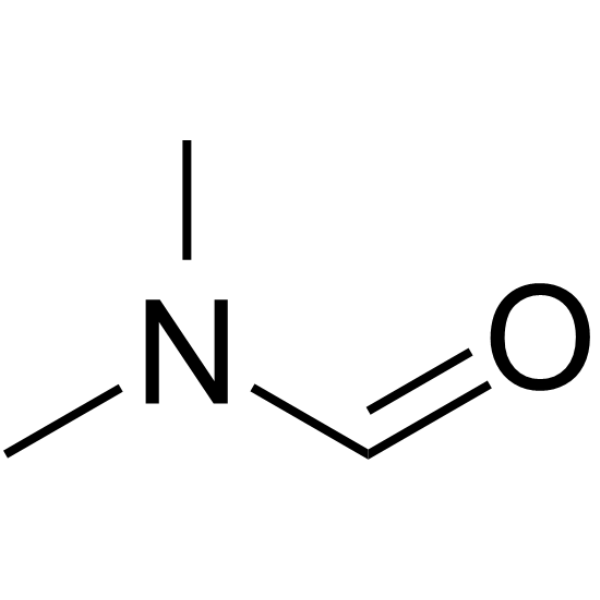 |
N,N-二甲基甲酰胺
CAS:68-12-2 |
|
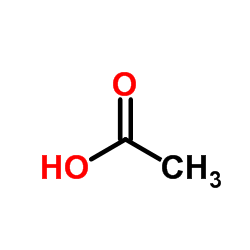 |
冰醋酸
CAS:64-19-7 |
|
 |
次氯酸钠
CAS:7681-52-9 |
|
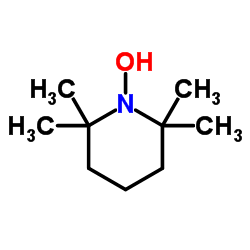 |
2,2,6,6-四甲基哌啶-1-氧自由基
CAS:2564-83-2 |
|
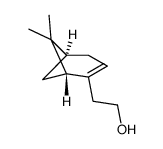 |
6,6-二甲基联环(3.1.1)庚烷-2-烯-2-乙醇
CAS:35836-73-8 |
|
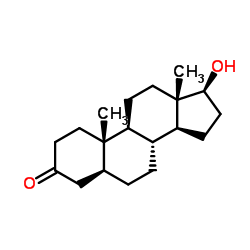 |
雄诺龙
CAS:521-18-6 |
|
 |
乙酸-12C2
CAS:1173022-32-6 |
|
 |
亚氯酸钠
CAS:7758-19-2 |